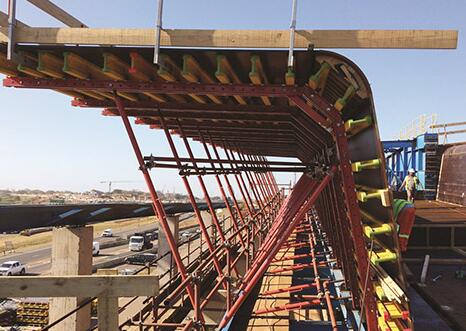Clad steel plates can solve almost any problem designers face in demanding industries such as construction and chemical processing.
Need a more corrosion-resistant steel? Need a metal that is stronger and less expensive to produce? If the problem or specification is unique, you'll find a composite panel solution that combines the best of both metals to create a superior material. But before we get into the benefits of using composite sheet, let's start with a clear definition.
Clad steel plates are classified as composite steel and are made by bonding two or more metals together. Typical composites on steel sheets include stainless steel, nickel, copper, high nickel alloys and copper-nickel alloys. Cladding allows you to combine the properties of each metal to produce a better, higher performance product.
Examples of laminate applications include:
✴ Head plates
✴Industrial scrubbers
✴ Storage tank and pressure vessel fabrication
✴ Desalination plants
✴ Chemical transportation and processing
Clad materials offer tremendous benefits for heavy industry and chemical processing. Depending on the combination of cladding materials, the cladding can produce superior strength at a lighter weight and lower cost. It can also produce excellent thermal and electrical conductivity or corrosion resistance. As a result, laminates are commonly used in mining, earthmoving, processing and pumping situations as well as in extremely abrasive conditions in paper, pulp and food processing.
Clad steel plates are not only extremely durable, but offer tremendous manufacturing advantages. Laminates can be cut and formed, including plasma cutting, stretching, bending and thermoforming, but stamping, drilling or machining is very difficult.

As mentioned above, laminates are made by bonding two or more metals together into a single sheet or plate. Depending on the specific requirements, various cladding or backing materials (e.g. specialty metals such as copper or stainless steel) can be rolled or fusion bonded to a base metal (e.g. carbon or low alloy steel) to produce a metallurgically bonded cladding.
Although there are different processes, the most common is probably roll bonding. To produce a roll bonded clad plate, the two joint surfaces are first cleaned and brought into contact. The edges of the sheet are then welded to prevent movement and air ingress during the hot rolling stage. After cutting to final size, the clad steel plate is cleaned to produce a relatively shiny surface.
Looking for clad steel plates? Contact KLS today for a quick, competitive quote or for more information on different grades of steel.